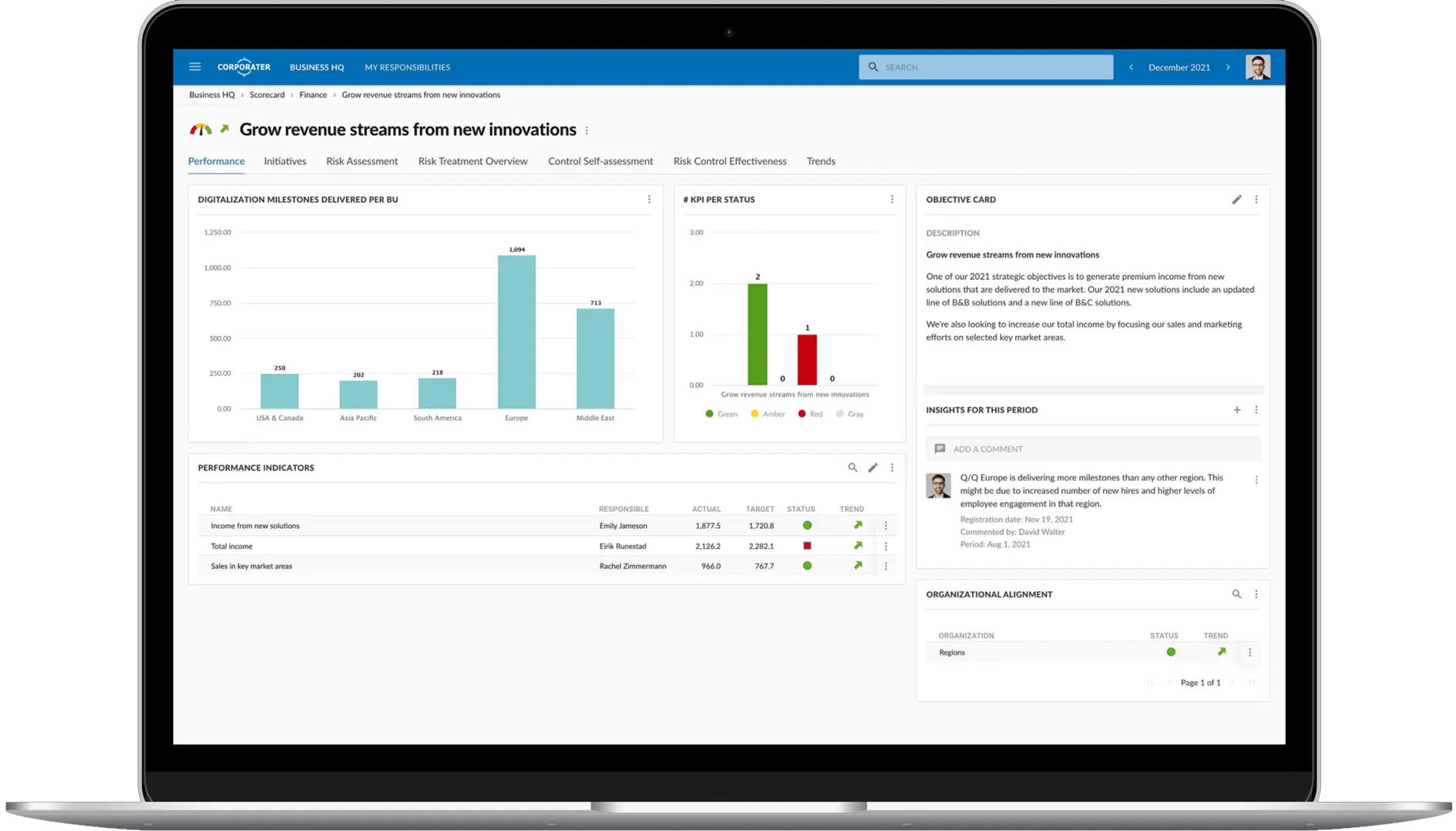API Endpoints
VortexDB allows you to expose your data as a REST or GraphQL API without writing any code. This is a great way to build a backend for your application quickly and easily.
REST API
VortexDB can automatically generate a REST API for your data. You can use this API to create, read, update, and delete documents in your database.
REST API Performance
| Endpoint | Method | Latency |
|---|---|---|
| /data | GET | 15ms |
| /data | POST | 20ms |
| /data/:id | PUT | 18ms |
Automatic API Generation
- Schema-driven: The REST API is automatically generated based on your database schema, ensuring consistency and reducing development time.
- CRUD Operations: Full support for Create, Read, Update, and Delete operations on your data.
- Filtering and Sorting: Built-in capabilities for filtering, sorting, and pagination of results.
Security
- Authentication: Integrate with various authentication mechanisms (e.g., API keys, OAuth2) to secure your endpoints.
- Authorization: Implement fine-grained access control to restrict data access based on user roles and permissions.
- TLS Encryption: All API communication is secured using TLS 1.3 encryption.
GraphQL API

VortexDB also supports GraphQL. You can use the GraphQL API to query your data in a more flexible and efficient way.
Benefits of GraphQL
- Single Endpoint: All data can be accessed through a single GraphQL endpoint, simplifying API management.
- Fetch Exactly What You Need: Clients can specify the exact data they require, reducing over-fetching and under-fetching of data.
- Strongly Typed Schema: GraphQL's strong type system ensures data consistency and provides better tooling for development.
Real-time Subscriptions
GraphQL subscriptions allow clients to receive real-time updates when data changes, enabling the creation of dynamic and interactive applications.
Integrating with Frontend Frameworks
GraphQL APIs can be easily integrated with popular frontend frameworks like React, Vue, and Angular using client libraries such as Apollo Client or Relay.

